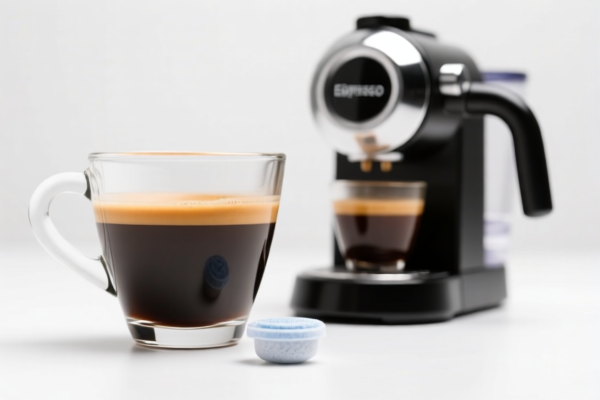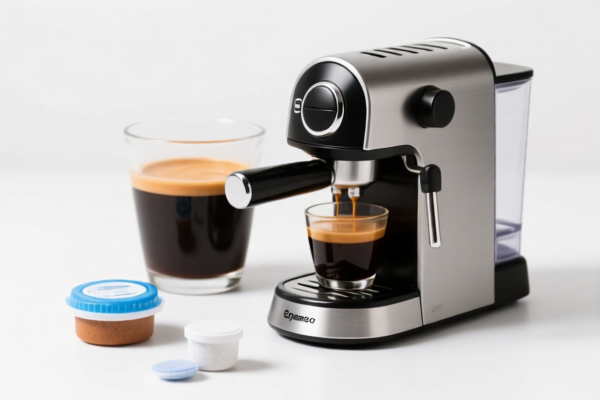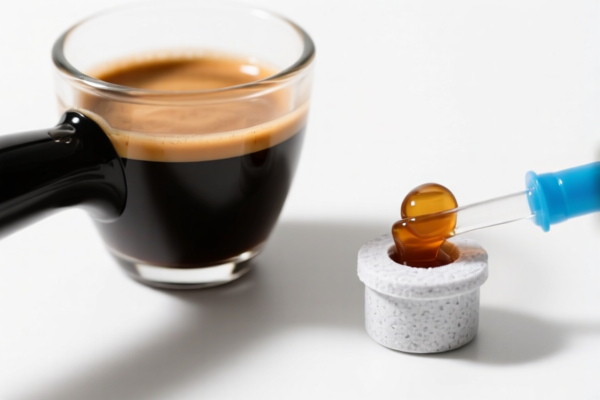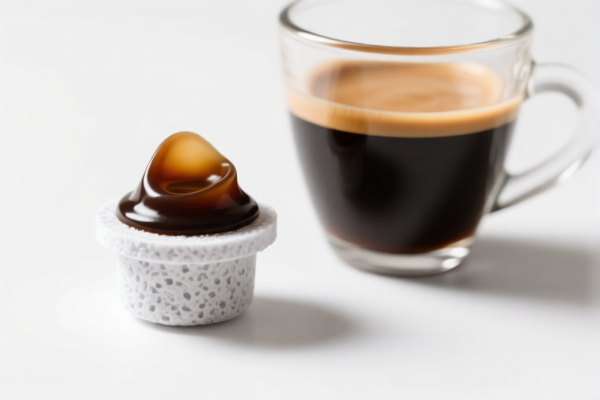| HS Code | Official Doc | Tariff Rate | Origin | Destination | Effective Date |
|---|---|---|---|---|---|
| 2833295190 | Doc | 58.7% | CN | US | 2025-05-12 |
| 3307900000 | Doc | 60.4% | CN | US | 2025-05-12 |
| 9602005080 | Doc | 40.2% | CN | US | 2025-05-12 |




Okay, let's break down the HS codes and tax implications for your declared goods. Here's a detailed analysis, designed to be clear and helpful:
Understanding HS Codes – A Quick Primer
HS codes (Harmonized System codes) are internationally standardized codes used to classify traded products. They're crucial for determining tariffs, regulations, and trade statistics. The first 6 digits are generally consistent worldwide, while additional digits are used for more specific classifications by individual countries.
1. Sulfates; alums; peroxosulfates (persulfates): Other sulfates: Other: Other Other (HS Code: 2833.29.51.90)
- 28: Inorganic chemicals; organic chemicals. This chapter covers a broad range of chemical products.
- 33: Sulfates, alums, peroxosulfates. This narrows it down to specific inorganic salts.
- 29: Other sulfates. This further specifies the type of sulfate.
- 51: Other. This indicates a more specific subcategory within "other sulfates."
- 90: Other. This is the most detailed classification, meaning it doesn't fit into any more specific category.
Tax Implications:
- Basic Duty: 3.7%
- Additional Duty (Tariff): 25.0%
- Post April 2, 2025: Additional Duty increases to 30.0%
- Total Tax: 58.7%
Important Notes:
- Chemical Composition: Ensure the exact chemical composition of your sulfates is accurately declared. Minor variations can shift the HS code.
- Purity Level: The purity level of the sulfates might affect the tariff rate.
- End Use: The intended use of the sulfates (e.g., industrial cleaning, pharmaceutical) could be relevant.
2. Pre-shave, shaving or after-shave preparations, personal deodorants, bath preparations, depilatories and other perfumery, cosmetic or toilet preparations, not elsewhere specified or included; prepared room deodorizers, whether or not perfumed or having disinfectant properties: Other (HS Code: 3307.90.00.00)
- 33: Essential oils and resinoids; perfumery, cosmetic or toilet preparations. This chapter covers fragrances, cosmetics, and personal care products.
- 07: Perfumery, cosmetic or toilet preparations. This narrows it down to specific preparations.
- 90: Other. This indicates that the product doesn't fall into any more specific category within the chapter.
- 00: Other. This is the most detailed classification.
Tax Implications:
- Basic Duty: 5.4%
- Additional Duty (Tariff): 25.0%
- Post April 2, 2025: Additional Duty increases to 30.0%
- Total Tax: 60.4%
Important Notes:
- Ingredients List: A complete and accurate ingredients list is crucial. Certain ingredients might be subject to additional regulations or higher tariffs.
- Product Function: Clearly define the primary function of the preparation (e.g., shaving cream, aftershave lotion, deodorant).
- Packaging: The type of packaging (e.g., aerosol, bottle, tube) might be relevant.
3. Worked vegetable or mineral carving material and articles of these materials; molded or carved articles of wax, of stearin, of natural gums or natural resins, of modeling pastes, and other molded or carved articles, not elsewhere specified or included; worked, unhardened gelatin (except gelatin of heading 3503) and articles of unhardened gelatin: Other Other (HS Code: 9602.00.50.80)
- 96: Miscellaneous manufactured articles. This chapter covers a wide range of products that don't fit neatly into other categories.
- 02: Worked vegetable or mineral carving material. This narrows it down to specific articles.
- 00: Other. This indicates that the product doesn't fall into any more specific category within the chapter.
- 50: Other. This indicates a more specific subcategory within "other articles."
- 80: Other. This is the most detailed classification.
Tax Implications:
- Basic Duty: 2.7%
- Additional Duty (Tariff): 7.5%
- Post April 2, 2025: Additional Duty increases to 30.0%
- Total Tax: 40.2%
Important Notes:
- Material Composition: The exact composition of the material (e.g., vegetable fiber, mineral content, wax type) is important.
- Manufacturing Process: Describe the manufacturing process used to create the articles.
- End Use: The intended use of the articles (e.g., decorative items, craft supplies) might be relevant.
General Recommendations:
- Detailed Invoices: Ensure your invoices provide a very detailed description of each item, including material composition, manufacturing process, and intended use.
- Certificates of Origin: Obtain Certificates of Origin to potentially benefit from preferential tariff rates (if applicable).
- Import Licenses: Check if any import licenses or permits are required for these products.
- Post-April 2, 2025 Changes: Be aware of the upcoming tariff changes on April 2, 2025, and factor them into your cost calculations.
- Consult a Customs Broker: For complex shipments or if you have any doubts, it's highly recommended to consult a licensed customs broker in China. They can provide expert guidance and ensure compliance with all regulations.
Disclaimer: I am an AI assistant and cannot provide definitive legal or customs advice. This information is for general guidance only. Always consult with a qualified customs professional for specific advice related to your situation.
Customer Reviews
The review of the HS codes was thorough, but I wish there were more examples of how to apply the classifications in real-world scenarios.
The information on HS Code 9602005080 was spot on. The 40.2% tariff rate and the breakdown of duties made it easy to calculate my costs for exporting.
I found the explanation of HS Code 3307900000 and its 60.4% tariff rate very clear. It helped me understand the tax implications for my product line.
The detailed breakdown of HS Code 2833295190 was extremely helpful for understanding the tariff rate of 58.7%. Great for exporters dealing with sulfates.